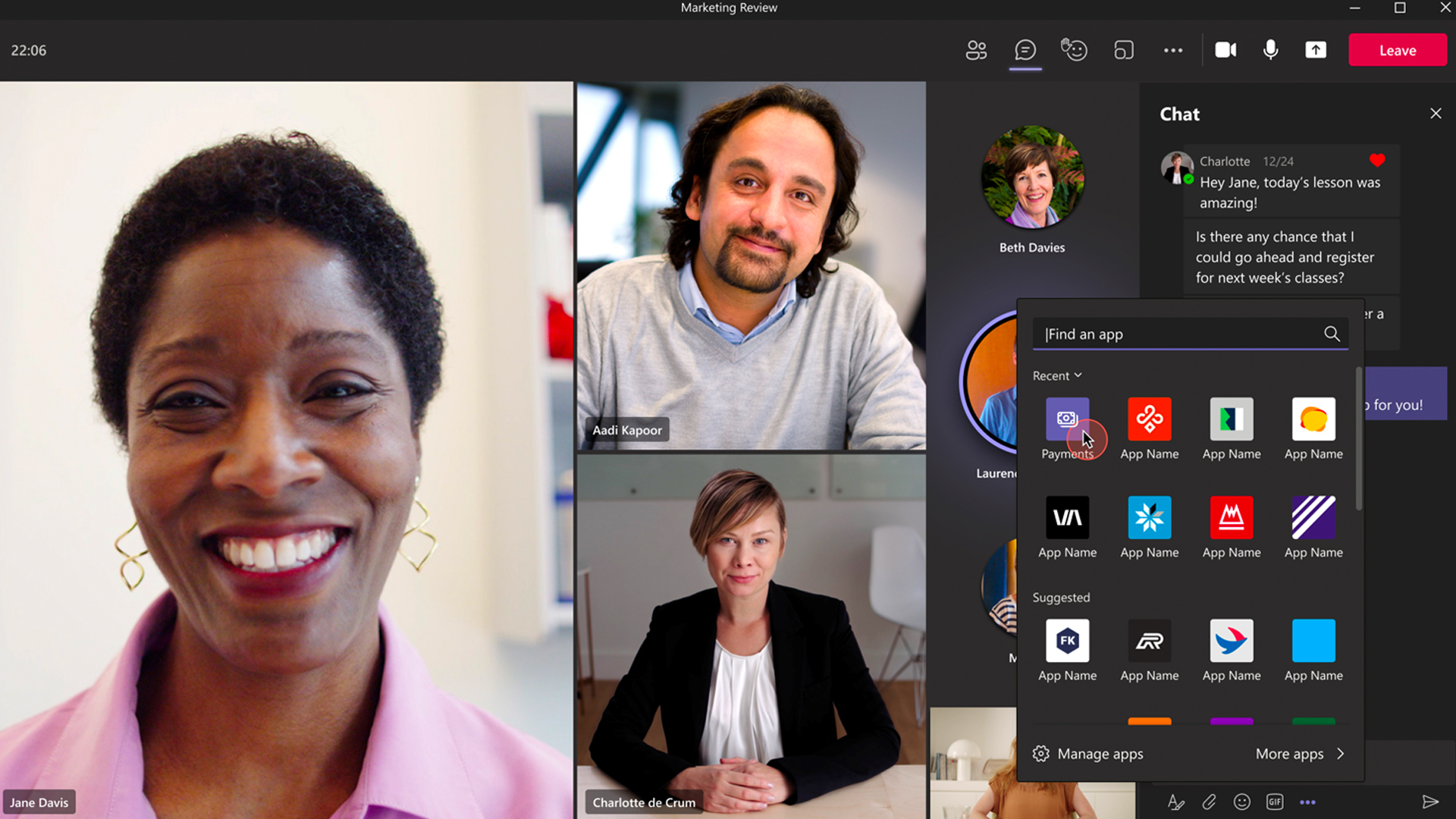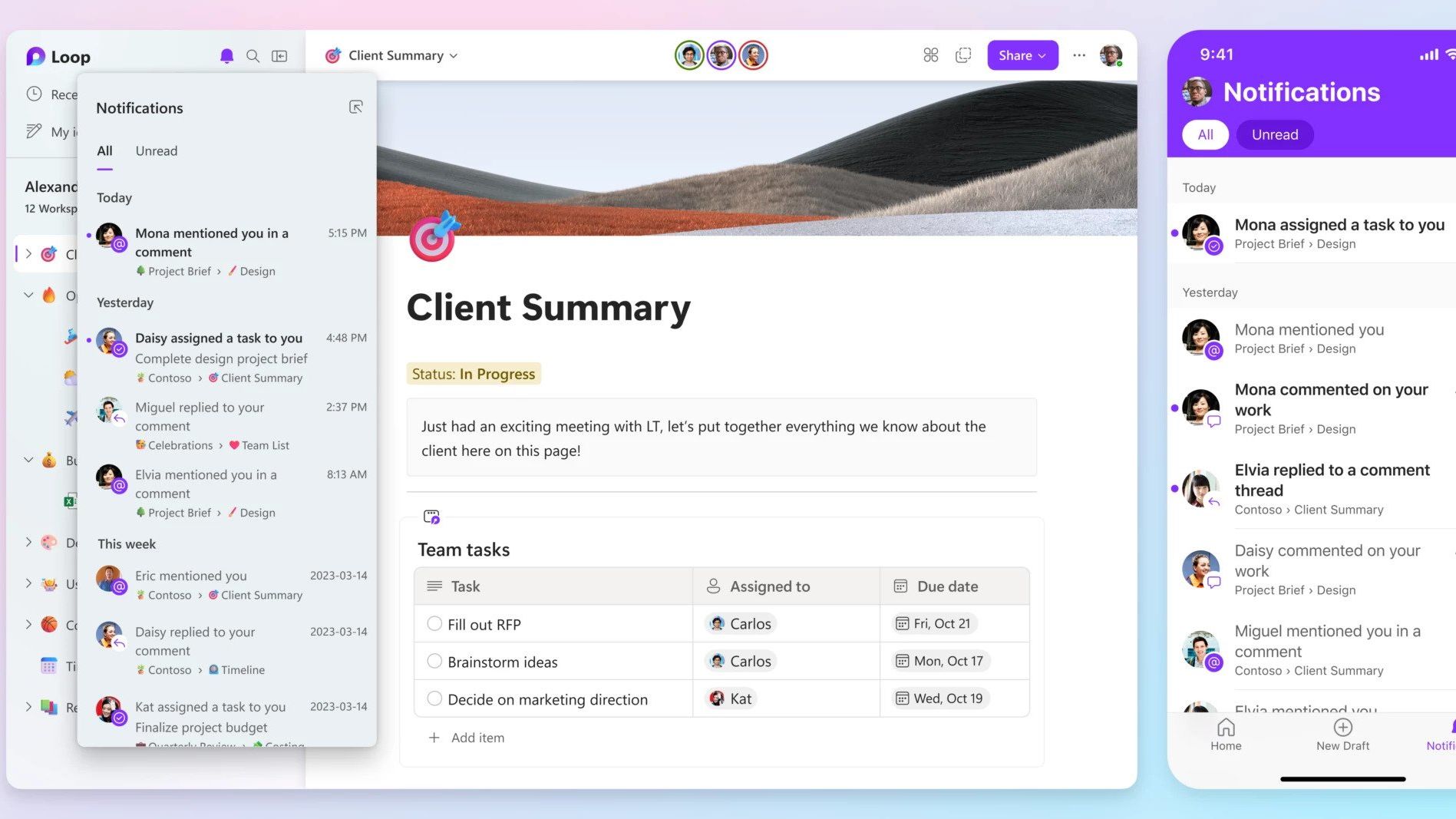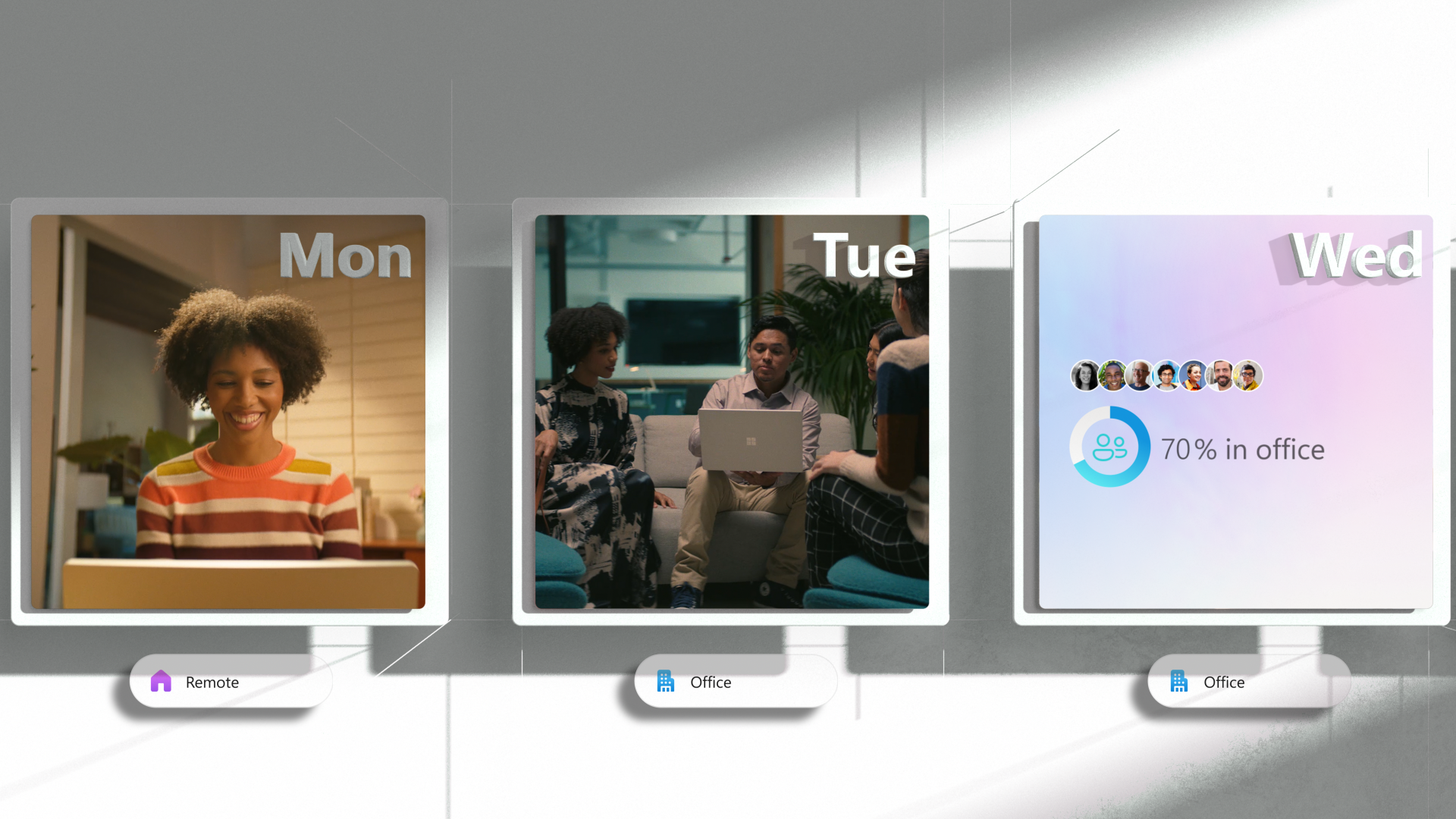Best free video conferencing software: Zoom vs Hangouts vs Skype
It's time to ditch basic phone video calls and start using a proper video conferencing system


There’s nothing worse than trying to conduct a meeting over patchy video conferencing software, with participants dropping in and out, or valuable time being eaten up by technical issues. Video conferencing is also a crucial tool for remote working, allowing teams and clients to remain connected to the business without face-to-face meetings.
You don’t have to shell out a fortune for business-quality tools though; there are numerous products that allow you to make multi-person video calls free of charge. For any teams still trying to use FaceTime and WhatsApp to keep in touch, here are the best free video conferencing options out there.
Google Hangouts

The collaboration arm of Google’s app portfolio, hangouts is a relatively bare-bones tool compared with some rivals, offering little more than voice, video and text chats. Hangouts is fairly basic, leaving the file-sharing and collaboration elements to other Google apps like Drive and Docs.
Note that while paid G Suite subscriptions have access to a more fully-featured equivalent of Hangouts, with better central admin controls and a few additional features, the free service that comes included with personal Google accounts is even more stripped-back.
Screen-sharing and a built-in text chat window is about all you get in terms of additional features and the interface, while functional and user-friendly, doesn’t feature collaboration aids such as interactive annotation or hand-raising.
With a maximum limit of 10 participants and 720p video resolution, the limits on the free tier are reasonable, if not terribly impressive. You can adjust the settings to save on bandwidth costs though, which is a useful feature for those with shaky connections.
| Maximum group call participants | 10 |
| Maximum video quality | 720p |
| Additional features | Screen-sharing |
Lifesize

Although Lifesize is perhaps better-known for its stellar video conferencing hardware, it also has its own cloud-based video conferencing app to support it. Lifesize is very much aimed at business users, so the interface is geared towards pre-booked meetings and intra-organisational calls rather than ad-hoc get-togethers.
The platform is designed around Lifesize’s meeting room conferencing systems, but it also works for fully remote video calls. You can start a meeting by calling someone directly from your contacts list, by scheduling a meeting with the calendar integration, or by starting a one-off meeting and sending a join link around.
The free version is quite capable, with 25 maximum participants, and no limits on meeting frequency or duration. The maximum video resolution of 1080p is also one of the higher offerings, although the Plus and Enterprise plans have access to 4K streaming. There’s also a centralised management console and a few key integrations, making it a decent solution for larger SMBs - provided you’re willing to wrestle with a somewhat involved interface.
| Maximum group call participants | 25 |
| Maximum video quality | 1080p |
| Additional features | Screen-sharing, file-sharing, central management |
Skype

Skype has the rare honour of having become a verb in its own right, joining the ranks of Google and Uber. One of the oldest video chat platforms still in operation, Skype’s user interface has come on leaps and bounds in recent years and is now much cleaner and more user-friendly.
Though technically a consumer-oriented application (with enterprise duties now having been taken over by Microsoft Teams), Skype nonetheless acquits itself admirably as a business video conferencing tool for small teams. Meetings are easy to set up, and participants no longer need to download the application to join them. On top of that, it benefits from neat features like the ability to blur the background to minimise distractions.
Business-specific features like centralised administration are sadly not an option for free Skype users, but you do get support for up to 50 participants on one video call, screen sharing, call recording, live transcription, file sharing, and 1080p video. For user-friendliness and breadth of features, this veteran software is hard to beat.
| Maximum group call participants | 50 |
| Maximum video quality | 1080p |
| Additional features | Recording, screen-sharing, file-sharing, background blur |
Zoom

Zoom has made a name for itself among trendy startup-type circles as the go-to video conferencing platform, and not without reason. The service boasts a number of impressive business-level features, including recording and transcription of meetings, integrated file-sharing and a host of integrations with widely-used software.
It’s also got a highly robust administration and management console behind it, with support for granular permissions, usage tracking and easy onboarding through single sign-on and Active Directory integration. It’s got features to support webinars and town halls if you want to expand your video conferencing beyond team meetings and one-to-ones.
Zoom’s free Basic tier offers a surprisingly robust set of features, including up to 720p resolution, telephone dial-in, screen sharing, and a wide suite of productivity tools. Up to 100 participants can join a group call (and don’t require an account to do so), and you can host one-on-one meetings with no limits. The biggest constraint with the free tier is that group meetings can only be 40 minutes long - but it’s easy enough to start a new one when the timer runs out.
| Maximum group call participants | 100 |
| Maximum video quality | 720p |
| Additional features | Recording, screen-sharing, file-sharing, central management |
Get the ITPro daily newsletter
Sign up today and you will receive a free copy of our Future Focus 2025 report - the leading guidance on AI, cybersecurity and other IT challenges as per 700+ senior executives
Adam Shepherd has been a technology journalist since 2015, covering everything from cloud storage and security, to smartphones and servers. Over the course of his career, he’s seen the spread of 5G, the growing ubiquity of wireless devices, and the start of the connected revolution. He’s also been to more trade shows and technology conferences than he cares to count.
Adam is an avid follower of the latest hardware innovations, and he is never happier than when tinkering with complex network configurations, or exploring a new Linux distro. He was also previously a co-host on the ITPro Podcast, where he was often found ranting about his love of strange gadgets, his disdain for Windows Mobile, and everything in between.
You can find Adam tweeting about enterprise technology (or more often bad jokes) @AdamShepherUK.
-
 Should AI PCs be part of your next hardware refresh?
Should AI PCs be part of your next hardware refresh?AI PCs are fast becoming a business staple and a surefire way to future-proof your business
By Bobby Hellard
-
 Westcon-Comstor and Vectra AI launch brace of new channel initiatives
Westcon-Comstor and Vectra AI launch brace of new channel initiativesNews Westcon-Comstor and Vectra AI have announced the launch of two new channel growth initiatives focused on the managed security service provider (MSSP) space and AWS Marketplace.
By Daniel Todd
-
 New Microsoft Teams features for business users
New Microsoft Teams features for business usersIn-depth All the latest Microsoft Teams features after the platform is given a redesign, complete with an AI-powered assistant and a faster engine
By Danny Bradbury
-
 Microsoft Teams now allows SMBs to collect payments in meetings
Microsoft Teams now allows SMBs to collect payments in meetingsNews With the help of PayPal, Stripe, and GoDaddy, the Microsoft Teams Payments app offers in-meeting payment requests
By Connor Jones
-
 Microsoft launches collaboration platform Loop, its answer to Notion
Microsoft launches collaboration platform Loop, its answer to NotionNews Greater collaboration tools are coming to the Microsoft 365 suite, aiming to help teams work together without having to jump between different apps
By Zach Marzouk
-
 Meta Quest Pro preview: Meet Meta's 'laptop killer'
Meta Quest Pro preview: Meet Meta's 'laptop killer'Opinion We go hands-on with the Meta Quest Pro, as the firm banks on turning hardware preferences upside down
By Bobby Hellard
-
 Microsoft launches Places, includes GPS-style navigation to help find meeting rooms
Microsoft launches Places, includes GPS-style navigation to help find meeting roomsNews The new app built specifically for organisations adopting a permanent hybrid work model brings new features to manage people and the workplace itself
By Connor Jones
-
 The IT Pro Podcast: Enabling bilingual business
The IT Pro Podcast: Enabling bilingual businessIT Pro Podcast How Wales is using digital tech to deliver a greater choice of languages
By IT Pro
-
 Podcast transcript: Enabling bilingual business
Podcast transcript: Enabling bilingual businessIT Pro Podcast Read the full transcript for this episode of the IT Pro Podcast
By IT Pro
-

 Qnap KoiBox-100W review: An intriguing alternative
Qnap KoiBox-100W review: An intriguing alternativeReviews A versatile and affordable videoconferencing solution with great wireless screen presentation features
By Dave Mitchell